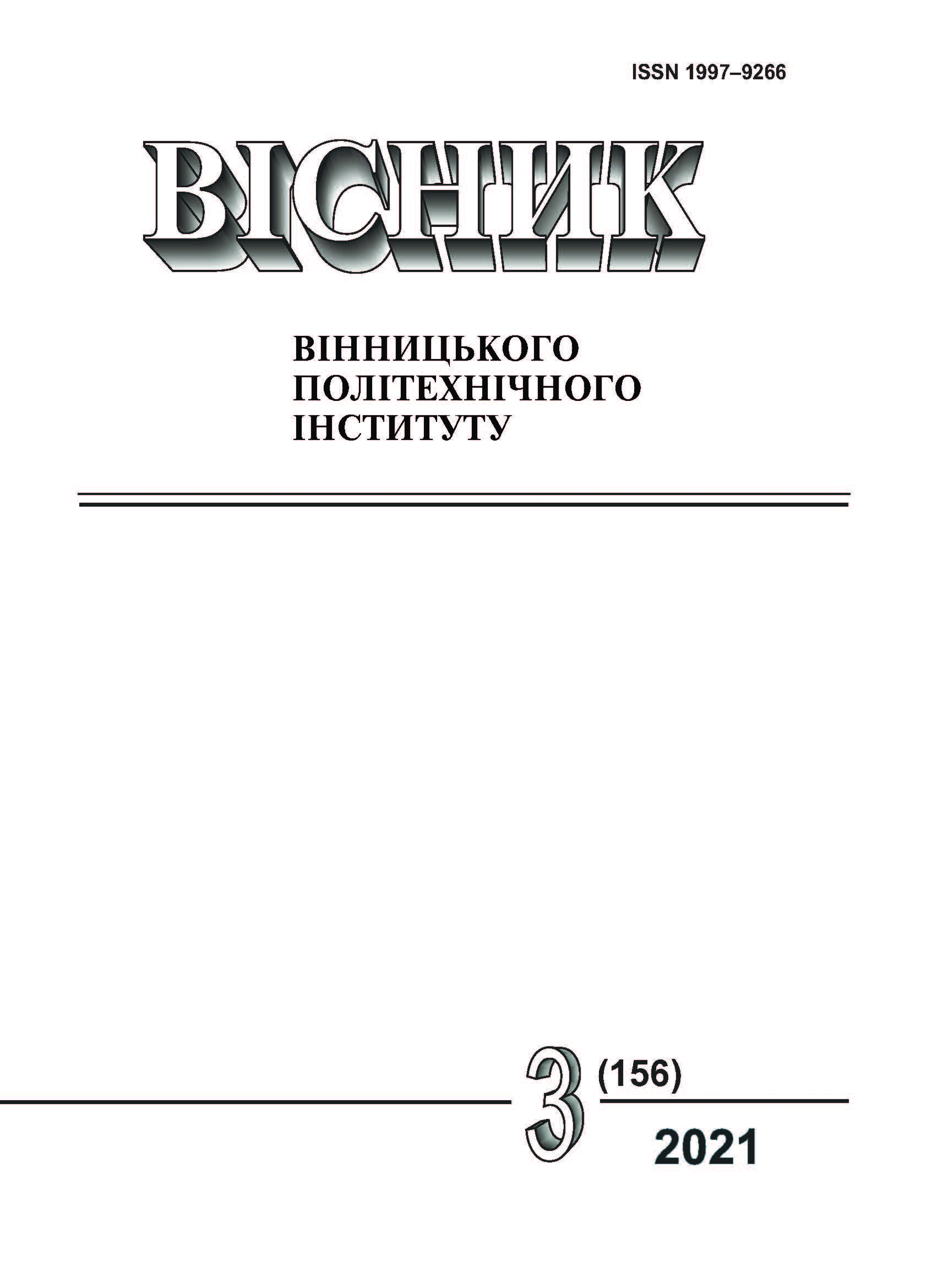Introduction of Reagent Acidity Adjustment Installations of Return Water of Heat and Energy Equipment of Metallurgical Enterprise
DOI:
https://doi.org/10.31649/1997-9266-2021-156-3-24-31Keywords:
water purification, reagent unit, , heat and power equipment, water supplyAbstract
The methods of regulating the indicator "pH water" of heat power equipment of metallurgical enterprise are analyzed. It is noted that the introduction of a reagent unit for regulating the indicator "pH of water" is the most optimal method. It was found that the use of the reagent has significant advantages compared with the repair of heat and equipment, which is affected by changes in water properties. This method is reliable, predictable, and analytical. The analysis of statistical information, the dynamics of changes in the required percentage of chemical reagents to obtain indicators with the value of "norm" at PJSC "Arcelor Mittal Kryvyi Rih" was carried out. Attention is focused on reaching regulatory indicators by the number of suspended substances, for which the treatment of circulating water with flocculants is used. To reduce the rate of corrosion and the formation on the surface of heat-and-power equipment of the gas cleaning film, which prevents corrosion, the treatment of circulating water with anti-corrosion inhibitors is used. Methods for regulating the indicator "ph water" have been systemized for the heat and power equipment. It is established that the transition of metallurgical enterprises to the method of regulating the indicator "ph water" for heat and power equipment with the help of a reagent is recommended firstly: after analyzing the need for automation of the process ( chemical reagent is often introduced into the water cycle), and secondly: the readiness of the enterprise for large investments ( reagents and chemical reagents for it are expensive), and thirdly: having a regional service representative, because there are not many service specialists). There have been proposed technological solutions affecting water quality indicators, namely efficiency of blast furnace dust collector (BF)-9, efficiency of gas cleaning elements of GO-5, raw materials and technological load of BF-9. Experimental laboratory tests of complex water treatment of GO-5 DP-9 cooling system were conducted. As a result, the estimated amount of 45 % NaOH solution to bring the pH of return water to the normative requirements of not less than 7,0, which is 134 tons of NaOH per month, was established. It is noted that the proposed method will lead to the introduction of NaOH, flocculants and corrosion inhibitors, which will reduce the presence of suspended solids from 150…200 mg/dm to 20 mg/dm, increase water pH to 7 units or higher. This will lead to a significant reduction in abrasion and chemical wear of the Go-5 DP-9 equipment and the water supply department pump station, which, in turn, will increase the service life of the heat and power supply and reduces the repair cost of this equipment.
References
Р. Бейтс, Определение рН. Теория и практика, 2-е изд., Львов, Украина: Химия, 1972, 400 с.
ПАО «АМКР», Техническое задание «Комплекс работ «под ключ» по объекту: «ПАО «АрселорМиттал Кривой Рог». ЦВС. Газоочистка ДП-9. Система автоматического регулирования уровня рН в воде «грязного» цикла, подающей на газоочистку ГО-5 ДП-9», 2017.
ООО «ЛВТ Инжиниринг», Проект организации работ, Кривой Рог, Украина, 2020.
З. А. Байназаров и др., «Способ автоматического регулирования величины pH водных растворов,»: Патент России, № 2284048 РФ: МПК G05D21/00, C02F1/66 /; RU2004134297/15, 20.09.2006.
В. П. Дмитриенко, «Устройство для электрохимической активации воды и водных растворов»: Патент России. № 2658028 РФ: МПК C02F1/461 /04;. RU2016109685A, 17.03.2016.
“Apparatus, program, system and process for in-flow increasing or decreasing the acidity of a fluid, including water and water solutions for surfaces of glass treatment, cleaning and disinfection,” Patent US 62/628296. Priority date: 02/09/2018.
Н. В. Данякин, А. А. Сигида, «Способы и механизмы применения ингибиторов коррозии металлов и сплавов,» Ayditorium. Электронный научный журнал Курского государственного университета, № 2, 2017.
Downloads
-
PDF (Українська)
Downloads: 129
Published
How to Cite
Issue
Section
License

This work is licensed under a Creative Commons Attribution 4.0 International License.
Authors who publish with this journal agree to the following terms:
- Authors retain copyright and grant the journal right of first publication.
- Authors are able to enter into separate, additional contractual arrangements for the non-exclusive distribution of the journal's published version of the work (e.g., post it to an institutional repository or publish it in a book), with an acknowledgment of its initial publication in this journal.
- Authors are permitted and encouraged to post their work online (e.g., in institutional repositories or on their website) prior to and during the submission process, as it can lead to productive exchanges, as well as earlier and greater citation of published work (See The Effect of Open Access).





